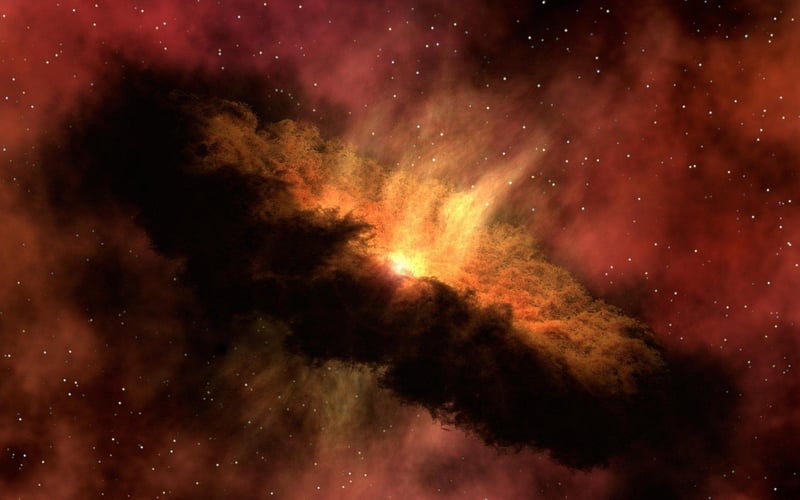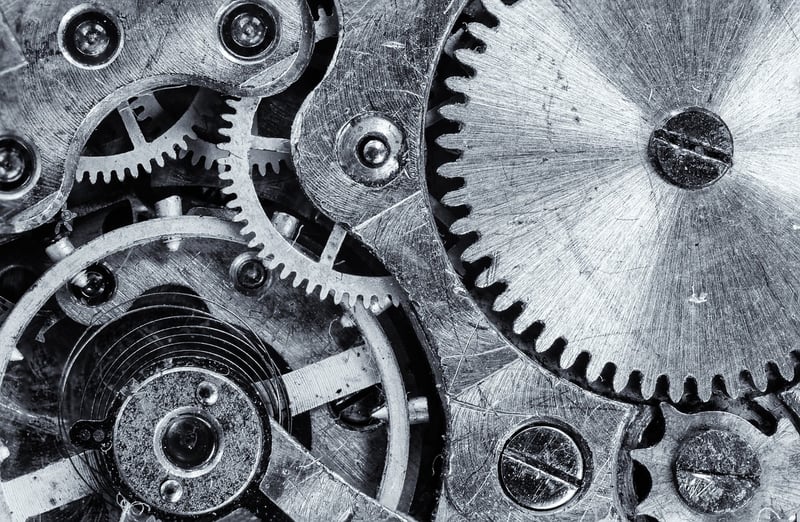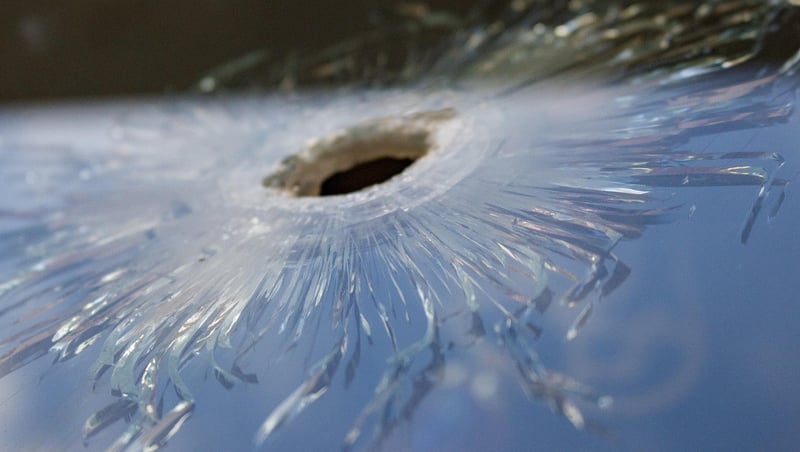Temporal Vehicles
Mechanisms for Travel and Temporal Vehicles
Introduction
Traveling through time has been a fascination for humanity for centuries. The concept of temporal vehicles, devices that allow individuals to journey through time, has captured the imagination of many. In this article, we will explore various mechanisms for travel and delve into the intriguing world of temporal vehicles.
Wormholes
One of the theoretical methods for time travel involves wormholes. Wormholes are hypothetical passages through spacetime that could create shortcuts for long journeys across the universe and potentially allow for time travel. While theoretical, the concept of wormholes offers a fascinating glimpse into the possibilities of traversing time and space.

Time Machines
Time machines are a popular concept in science fiction, allowing individuals to travel backward or forward in time. While no functioning time machine exists today, the idea of manipulating time through advanced technology continues to captivate audiences worldwide.

Black Holes
Black holes, regions in space where gravity is so strong that nothing, not even light, can escape, have also been linked to the concept of time travel. The extreme gravitational forces near a black hole could potentially distort spacetime, leading to the theoretical possibility of time dilation and time travel.

Temporal Vehicles
Temporal vehicles are fictional devices often portrayed in movies and literature that enable characters to travel through time. From DeLorean cars in "Back to the Future" to magical time-turners in the world of Harry Potter, temporal vehicles come in various forms and capture the imagination of audiences of all ages.
Conclusion
While time travel remains a theoretical concept, the exploration of mechanisms such as wormholes, time machines, and black holes offers a glimpse into the possibilities of traversing time and experiencing the past or future. Temporal vehicles, though fictional, continue to inspire creativity and wonder in the realm of science fiction.
